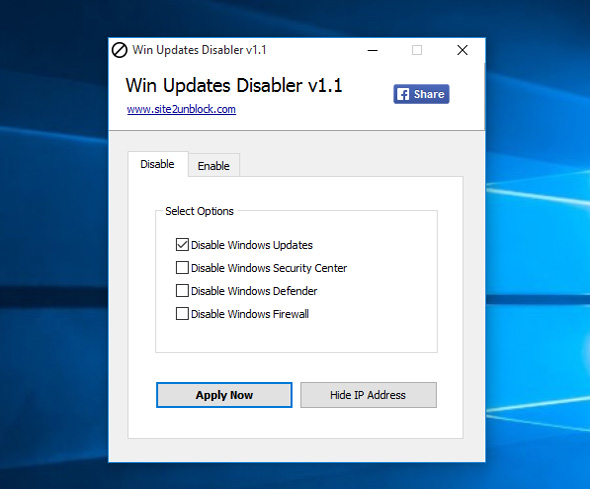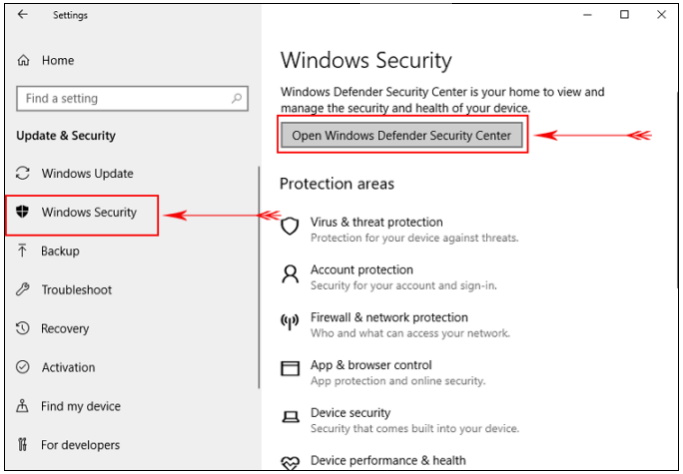

You don’t need to try them all just work your way down the list until you find the one that works for you. This’s frustrating, isn’t it?ĭon’t worry, this article introduces the easy methods to stop Windows 10 update completely. Revert the above change and you can get EFS encryption back to work.As a Windows 10 user, you may have noticed you’re always forced to install the Windows automatic updates (whether you like it or not). Whenever you’re working on your computer, Windows automatically updates the system, and you have to restart the system very often, spending so much time on updating and restarting.
When you try to encrypt a folder/file, you’ll get the error message “ This machine is disabled for file encryption“. Under the General tab, choose to not allow “File encryption Using Encrypting File System (EFS)”. Right-click on “ Encrypting File System” and select Properties. Navigate to: Security Settings -> Public Key Policies -> Encrypting File System. Type secpol.msc and hit Enter to open the Local Security Policy. Use the Windows key + R to open the Run command. Method 3: Disable EFS via Local Security Policy Look for the 32-bit DWORD NtfsDisableEncryption and modify its value to 1. Just open Registry Editor and navigate to: HKEY_LOCAL_MACHINE\SYSTEM\CurrentControlSet\Control\FileSystem. This task could also be done using a registry tweak. If you ever want to turn on EFS again, execute this command: Open the elevated Command Prompt, and run the following command to disable EFS: If you want to enable EFS encryption again, just set NtfsDisableEncryption to 0 and reboot your computer. Just navigate to the registry key: HKEY_LOCAL_MACHINE\SYSTEM\CurrentControlSet\Policies, create a 32-bit DWORD NtfsDisableEncryption and set its value to 1. You can also use Registry Editor to enable the “ Do not allow encryption on all NTFS volumes” policy. The option “encrypt contents to secure data” should be greyed out and you’re unable to encrypt or decrypt folders/files with EFS. Reboot your computer for the policy to take effect. In the right pane, double-click on the “ Do not allow encryption on all NTFS volumes” policy to edit it. Open the Local Group Policy Editor and navigate to:Ĭomputer Configuration\Administrative Templates\System\Filesystem\NTFS. Method 1: Disable EFS via Local Group Policy Editor In this tutorial we’ll show you 3 ways to disable EFS in Windows 10 / 8 / 7. Though it’s free, many users would like to use third-party alternatives like TrueCrypt, Lock My Folders. 
EFS (Encrypting File System) is a feature built into the NTFS file system in Windows that lets you encrypt folders or files on the fly.






 0 kommentar(er)
0 kommentar(er)
